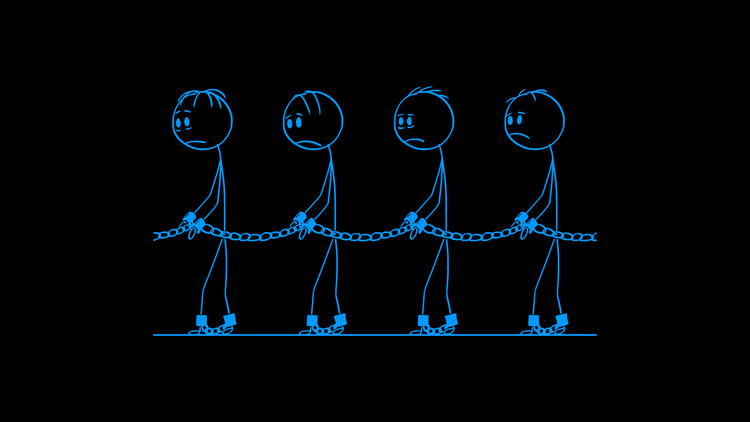Go Together in Trade
A large trade deal is moving ahead without China or the United States
Partly to counter China’s growing dominance in Asia, Japan had been lobbying hard for the TPP pact, which aims to eliminate tariffs on industrial and farm products across the 11-nation bloc whose trade totalled $356 billion last year.
The bi-polar world economic order — with China and the United States setting the rules — didn’t last very long.
As China steps up its regional aggressiveness, and the United States remains consumed by scandal and amateurishness, 11 nations are streamlining trade in flourishing economic regions. Like all multi-country arrangements, this deal’s opponents and proponents tout its economic and political implications.
Modeled on TPP, this trade deal is complex and nuanced. Each country wants to protect its industrial base while expanding its consumer base. No country receives its maximalist demands.
Small and medium-sized economies join trade deals because of eased barriers to entry, lowered tariffs, and increased economic collaboration. By joining together, they hedge their risk against concentrated economic disruption by China and the United States.
If you’re interested in trade — a fascinating topic — read Robert Zoellick.





